It was already obvious in the 20s when Marcel Breuer was studying in the carpentry shop of the Bauhaus, that he would became one of the great creative architects of the century. His colleagues at the Bauhaus kept a very goodopinion of Marcel Breuer because of his courage and perseverance of founding personal solutions to design problems challenging the almost sacred rules of the Bauhaus. He developed the prototype of a residential skyscraper which, in the coming years, would be built by others all over the world. Breuer was Hungarian. During his years of study at the Bauhaus he Designed furniture for a model home and was co-founder of an architectural cooperative. From 1925 to 1928 he leaded the carpentry class. His first steel tubing chairs date from this period as do his first interior furnishings designed for the homes of Bauhaus teachers. For 3 years until 1931 he ran his own studio in Berlin and then began to travel: Spain, North Africa,Greece, Balkans,Switzerland and Italy. In 1932 his first architectural project was built: the Harnishmacher House in Wiesbaden (almost totally destroyed during the war). Then immigration: first he went to England where he worked as an architect. "A civic center of the future" is a pilot study from that period. In 1937 Breuer moved to the USA where he lived until his death. In Cambridge(Massachusetts) he had a studio together with Walter Gropius and for 9 years was professor of architecture at Harvard University. In 1946 he opened a studio in New York. In 1956 he founded Marcel Breuer Associates together his colleagues Beckhardt, Gatje and Smith. In addition to single family dwellings, university and commercial buildings, Breuer designed a series of exemplary grand projects:the UNESCO building in Paris, the "De Bijenkorf" department store in Rotterdam, the USA Embassy in the Hague, the Whitney Museum of American Art in New York, the Sport Park in Flushing Meadows, New York, the Flaine winter centre and the Bayonne satellite city in France, holiday apartments and an office building and a business center in Venezuela. After the 30s he no longer designed furniture but rather tapestries. The outstanding merit of Breuers architecture is in fact beauty combined with functionality.
ART205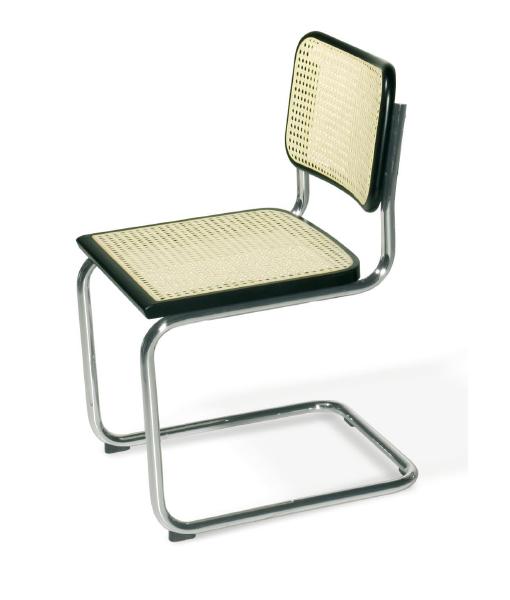
![]()
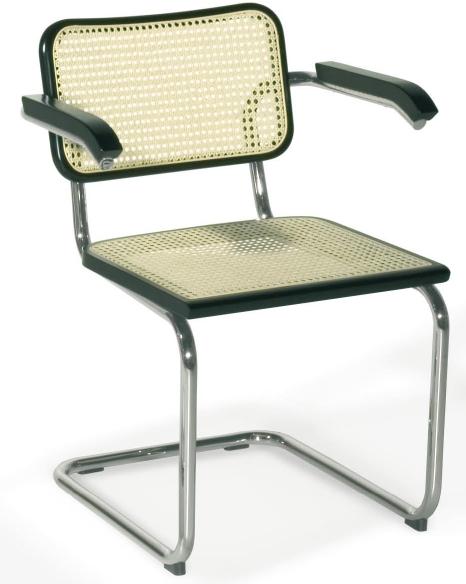
![]()
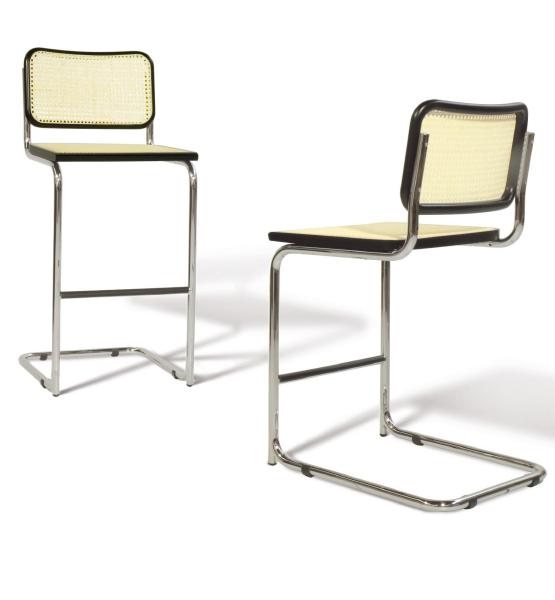
![]()
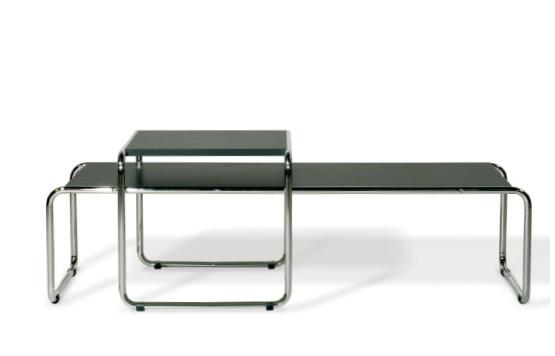
![]()
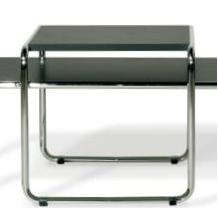
![]()
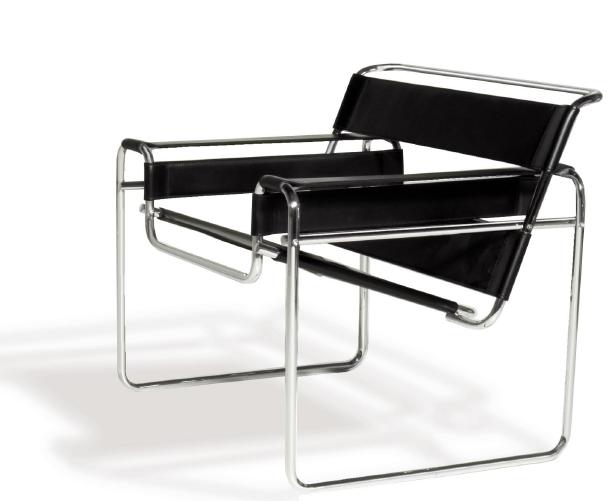
![]()
| Previous | Next | |
| Go to page: 1 2 3 4 5 6 7 8 9 10 11 12 13 14 15 16 17 18 19 20 | ||
![]()
Do you want to know more? Contact us. You reach us here.